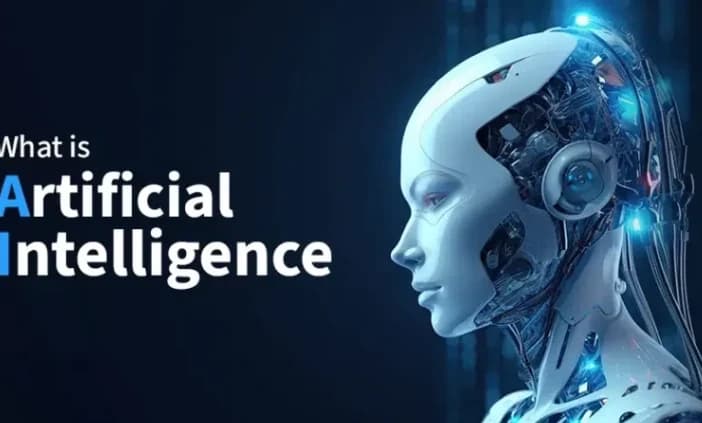

AI and Generative AI: Transforming Possibilities
Artificial Intelligence (AI)
Artificial Intelligence (AI) is a broad field of computer science dedicated to creating intelligent agents that can perform tasks that typically require human intelligence. These tasks include problem-solving, learning, planning, speech recognition, and visual perception. Traditional AI often relies on rule-based systems and algorithms to analyze existing data and make informed decisions or predictions.
Key Points about AI:
• Problem-Solving: AI is designed to tackle complex problems and find solutions using predefined rules and algorithms.
• Learning: Machine Learning (ML), a subset of AI, enables systems to learn and improve performance from experience without being explicitly programmed.
• Applications: AI is applied across various domains, from recommendation systems and autonomous vehicles to healthcare and finance.
Generative AI
is a type of artificial intelligence that can create new content, such as text, images, or music. It is used in a variety of applications, such as:
• Text generation: Generative AI can be used to generate text, such as poems, stories, scripts, and code. For example, a generative AI model could be used to write a new chapter in a novel, generate a script for a movie, or write code for a new software application.
• Image generation: Generative AI can be used to generate images, such as photographs, paintings, and illustrations. For example, a generative AI model could be used to create a new piece of artwork, design a new product, or generate a photorealistic image of a person or place.
• Music generation: Generative AI can be used to generate music, such as songs, pieces of music, and musical scores. For example, a generative AI model could be used to create a new song, compose a piece of music for a film, or generate a personalized soundtrack for a user.
• Generative AI is still in its early stages of development, but it has the potential to revolutionize many industries. For example, generative AI could be used to:
• Create new products and services: Generative AI could be used to create new products and services by generating new ideas, designs, and text. For example, a generative AI model could be used to design a new car, create a new marketing campaign, or write a new song.
• Improve customer experiences: Generative AI could be used to improve customer experiences by generating personalized content, such as recommendations, product descriptions, and customer service responses. For example, a generative AI model could be used to generate a personalized shopping experience for a user, create a more engaging customer service experience, or generate a more accurate product description.
• Automate tasks: Generative AI could be used to automate tasks by generating text, images, or music. For example, a generative AI model could be used to generate code, write reports, or create presentations.
• Generative AI is a powerful tool with the potential to change the world. As generative AI continues to develop, it is likely to become more accessible and easier to use. This will open up new opportunities for businesses and individuals to use generative AI to create new and innovative products and services.
Challenges of generative AI
• While generative AI has the potential to revolutionize many industries, there are also some challenges that need to be addressed. One challenge is that generative AI models can be biased. This is because generative AI models are trained on data that is often biased, and this bias can be reflected in the generated content. For example, a generative AI model that is trained on a dataset of text that is biased against women may generate text that is also biased against women.
• Another challenge of generative AI is that it can be difficult to control the quality of the generated content. Generative AI models can be trained to generate high-quality content, but they can also be trained to generate low-quality content. For example, a generative AI model that is trained on a dataset of text that is full of errors may generate text that is also full of errors.
• Finally, generative AI can be computationally expensive. Generative AI models require a lot of data and processing power to train, and they can also be slow to generate new content. This can make it difficult to use generative AI in real-time applications, such as customer service chatbots.
• Generative AI is a powerful tool with the potential to change the world. However, there are some challenges that need to be addressed before generative AI can be widely adopted. As generative AI continues to develop, it is likely that these challenges will be overcome, and generative AI will become a more powerful and useful tool.
Conclusion
Generative AI is a powerful tool with the potential to change the world. However, there are some challenges that need to be addressed before generative AI can be widely adopted. As generative AI continues to develop, it is likely that these challenges will be overcome, and generative AI will become a more powerful and useful tool.